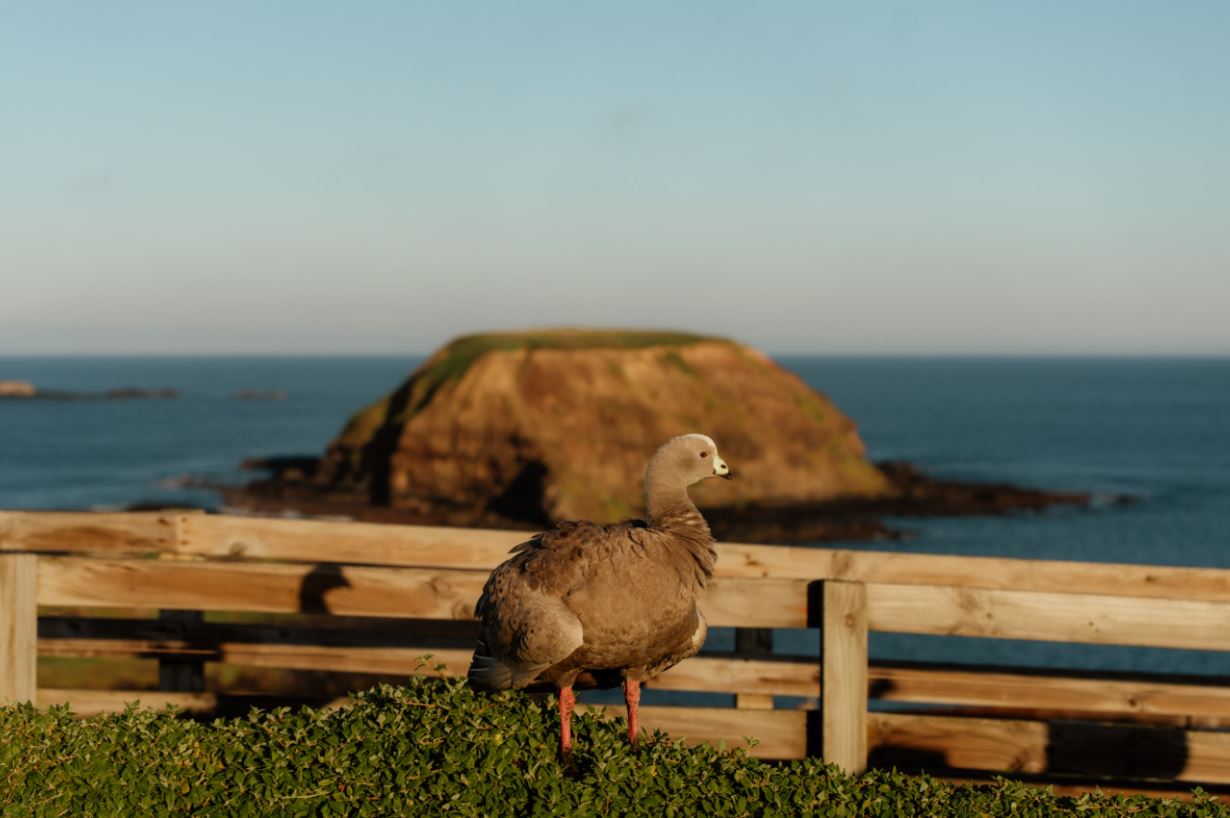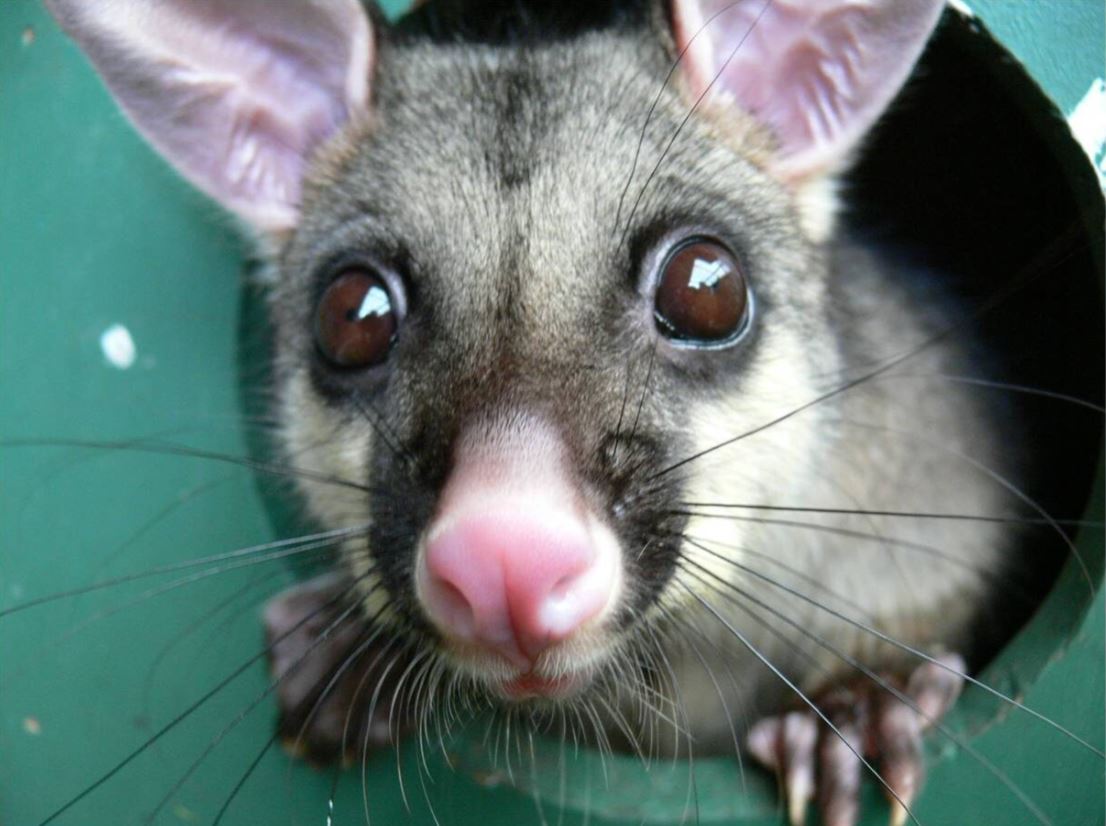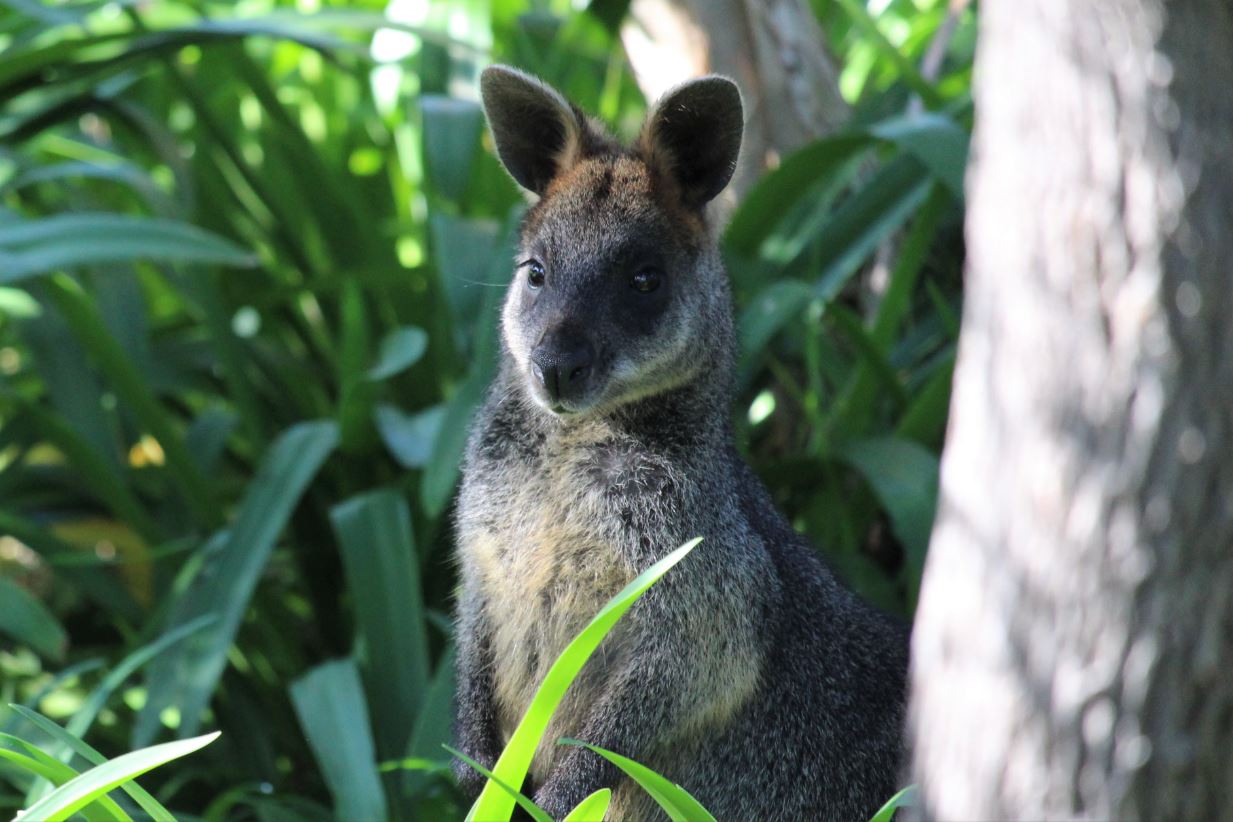Wildlife on the Island
The range of wildlife that can be observed on Phillip Island (Millowl) is one of the many reasons tourists travel annually to the location.
Scroll through the image gallery below to see some of the wildlife you may come across.
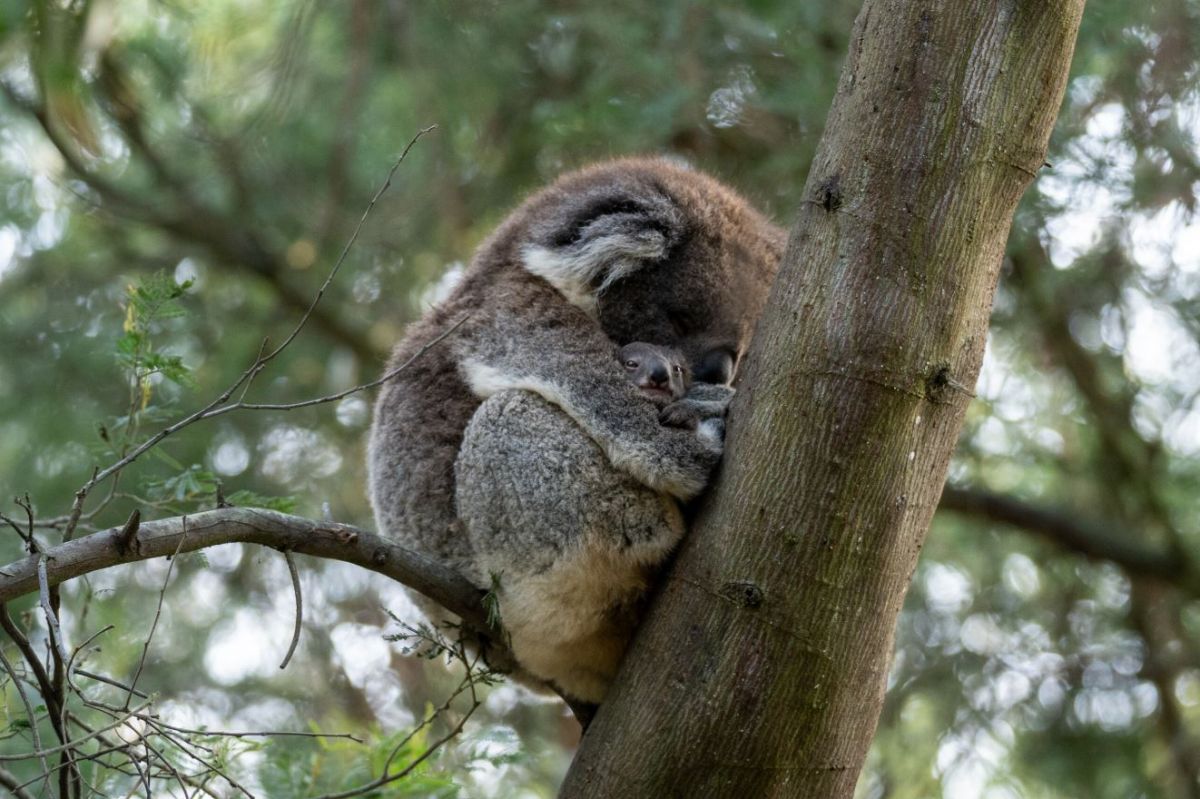









Conservation programs
Phillip Island (Millowl) is home to a diverse range of wildlife, including several at risk species that are classified as threatened or endangered in the wild. These animals require human support and targeted conservation efforts to help establish stable populations in Victoria. Phillip Island Nature Parks coordinate multiple conservation programs in this area.
Phillip Island Nature Parks annually release a report on threatened species, capturing all the latest breeding season updates for the range of wildlife they manage on the Island. The Threatened Species Report 2024 is the latest edition, and includes information on the hooded plover, fairy tern, Eastern barred bandicoot and bush-stone curlew.
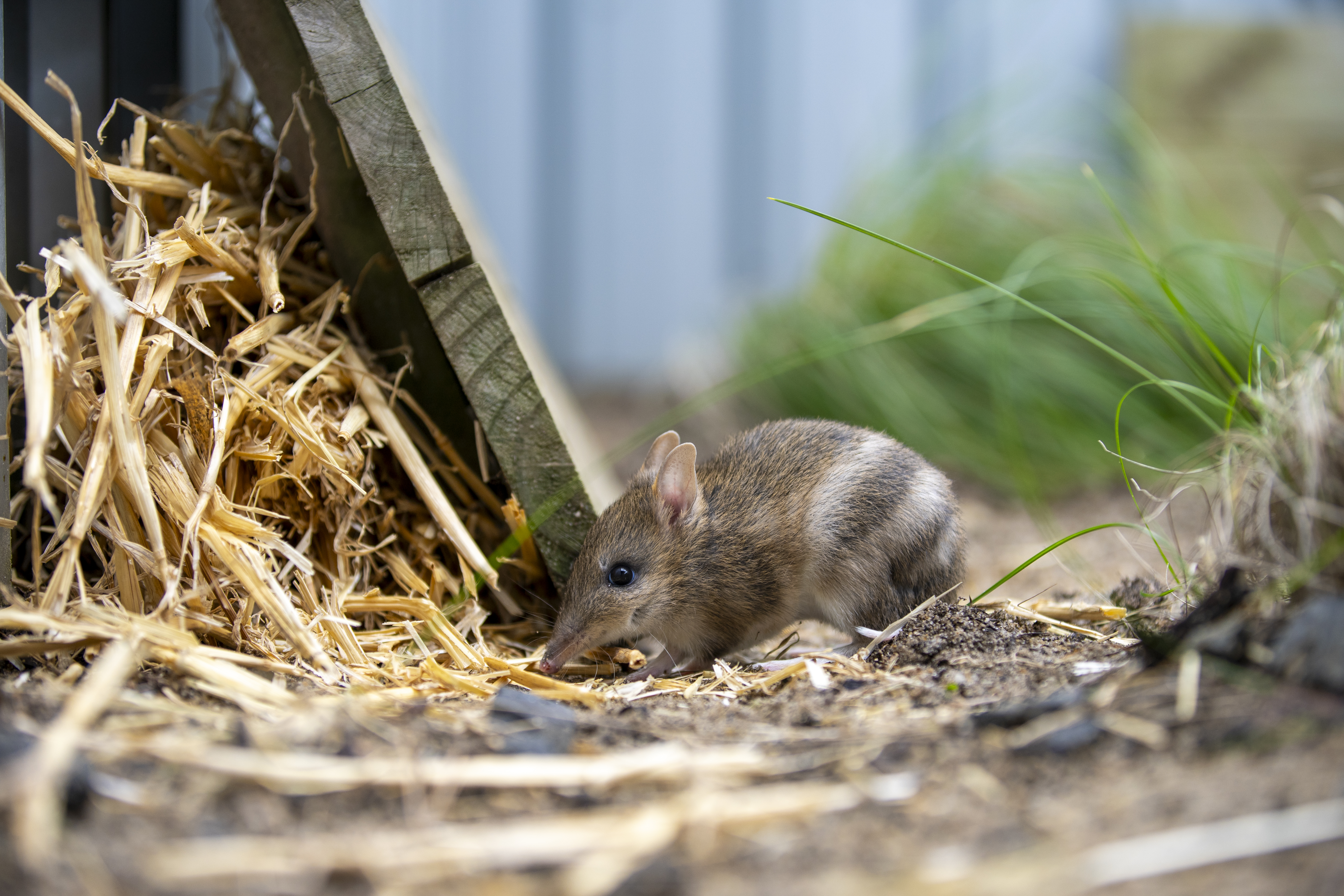
Eastern barred bandicoot joey at the wildlife clinic on Phillip Island (Millowl). Photo: Phillip Island Nature Parks.
The Eastern barred bandicoot (Perameles gunnii) is a small nocturnal marsupial, unique to Victoria. They prefer grasslands and grassy woodlands to live in with a diet of mostly grubs, beetles, moths, worms and some plant matter. Across 2015, 2017 and 2019, Eastern barred bandicoots were released across Churchill Island, Phillip Island (Millowl) and French Island. Ongoing research by Phillip Island Nature Parks has shown their numbers and range are increasing with evidence they can successfully establish in Island environments with no observed negative effects.
If you spot an Eastern barred bandicoot on the Island you can log a sighting to assist with the ongoing research and recovery of the species.
In 2021, the Eastern barred bandicoot had their status changed from extinct in the wild and are now listed as endangered under the Flora and Fauna Guarantee Act 1988.

Bush-stone curlew at the Koala Conservation Reserve on Phillip Island (Millowl). Photo: Phillip Island Nature Parks.
The bush-stone curlew (Burhinus grallarius) is a ground dwelling, nocturnal bird found throughout most of Australia. Due to a drastic drop in numbers in the south-eastern regions, Phillip Island Nature Parks began a conservation program out of the Koala Conservation Reserve on Phillip Island (Millowl) in August 2024.
Is your backyard bird friendly? To get involved with the recovery program, you can build a bush-stone curlew friendly garden by installing bird baths and planting woodland species such as wallaby grass, spiny mat-rush or native shrubs like kangaroo apple (Solanum aviculare.)
The bush-stone curlew is listed as Critically Endangered under the Flora and Fauna Guarantee Act 1988.

Fairy tern with a chick and egg on the beach on Phillip Island (Millowl). Photo: Phillip Island Nature Parks.
The fairy tern (Sternula nereis) is a migratory shorebird that can be found on Phillip Island (Millowl) during their breeding season over November to March.. Throughout autumn and winter, Phillip Island Nature Parks work to restore dune habitat to assist in the chance of a successful breeding season.
Phillip Island Nature Parks collaborate with the Bunurong Land Council Aboriginal Corporation to complete on-ground works to enhance the fairy tern habitat. Works include, weed spraying, feral cat management and encouraging protective coastal plants such as spinifex.
Seasonal Know Your Nature Parks Reports are released and include further information on the fairy tern and conservation efforts.
The fairy tern is listed as Critically Endangered under the Flora and Fauna Guarantee Act 1988.
Target wildlife of the Plan
With the lack of predatory elements and improved farming practices on Phillip Island (Millowl), some wildlife species have grown in numbers and are now negatively impacting on conservation efforts, the environment and other wildlife. Three key wildlife species have been recognised in the Plan to have the largest risk; the cape barren goose, common brushtail possum and swamp wallaby.
The cape barren goose (Cereopsis novaehollandiae) is a large grey bird that graze on grasses, herbs and succulents. They are most commonly found on offshore islands in Bass Strait and mainland Tasmania but also can be found in Western Australia, South Australia and other parts of Victoria. Nationally, they are listed by the IUCN as 'least concern'.
In the mid to late 1970’s cape barren geese were released at Conservation Hill near Rhyll and eventually spread across Phillip Island (Millowl), and today they are commonly seen grazing in paddocks
Annual counts of cape barren geese have been undertaken since 1993 and numbers increased significantly in response to the successful eradication of foxes from the Island and improved agricultural practice. The 2024 spring count recorded a total of 3120 geese on Phillip Island (Millowl).
The increase in the number of geese has resulted in increased impacts to pastures, crops as well as some sporting grounds that are regularly fertilised to maintain the playing surface. Impacts have also been observed on important ecological values, such as over-browsing of bower spinach (Tetregonia implexicoma) which is commonly relied on by Little Penguins for cover and stability of their burrows.
Cape barren goose at the Nobbies on Phillip Island (Millowl). Photo: Phillip Island Nature Parks.
The common brushtail possum (Trichosurus vulpecula) is a cat-sized mammal, known for its bushy tail. They are generalist feeders, consuming leaves of various plant species as well as fruits, flowers and some invertebrates. They are known to be distributed across most of the Australian continent and are adept to living in urban environments. Common brushtail possums are not listed as threatened species under any Australian act.
Common brushtail possums are now abundant on Phillip Island (Millowl) particularly in areas with higher vegetation density, including urban zones. No repeated systematic surveys have been conducted on Phillip Island (Millowl) to describe a trend in population densities of common brushtail possums, however, a survey conducted in 2024 revealed a population rise from 749 recorded in the last census ten years ago, to 1227.
Their potential impacts on vegetation communities through browsing may prevent the regeneration of some plant species and possibly play role in tree dieback, which is cause for concern among some community members.
Up close common brushtail possum on Phillip Island (Millowl). Photo: Phillip Island Nature Parks.
The swamp wallaby (Wallabia bicolor) also known as black wallaby, is a browsing species that live in forest, woodland and heath in eastern and southern Australia from Cape York Peninsula to south-western Victoria and are common across much of their range. Their diet predominantly consists of shrubs, bushes and herbaceous plants.
Phillip Island Nature Parks, together with the University of Melbourne, Deakin University and Charles Sturt University, have undertaken a series of projects to better understand the ecology of swamp wallabies on Phillip Island (Millowl) and their influence on the landscape. The abundance of wallabies in one reserve (Oswin Roberts Reserve) has been monitored from 1998 to 2018 indicating the population increased from 1998 to 2013 with no trend obvious after 2014.
Wallabies may have benefited from the removal of foxes, but the increase in abundance of wallabies occurred prior to fox eradication. It is possible that revegetation projects on the island over the past 30 years have increased the amount of habitat and food available to support a greater number of wallabies on the Island.
Property owners in some areas of Phillip Island (Millowl) have also noted an increase in wallaby numbers over time and report extensive impacts to revegetation. Most affected by wallaby browsing are low bushes and herbaceous ground covers such that exclusion fencing is required for all plantings and for some plants the exclusion is required permanently.
Swamp wallaby in the shrubs on Phillip Island (Millowl). Photo: Phillip Island Nature Parks.
Living with wildlife
A range of educational wildlife flyers were developed by the Department of Energy Environment and Climate Action (DEECA) which aim to empower landowners by fostering a better understanding of the underlying reasons for wildlife visitation, and providing information on real actions that can be undertaken on their own properties to manage impacts around their homes and gardens.
In our backyards
Have you noticed wildlife in your backyard? There are some great benefits to having a wildlife-friendly backyard including improved health of your garden and soil, supporting local ecosystems to thrive and playing a part in conservation of our native species.
You can support the local wildlife in your backyard in many ways by installing nest boxes, planting a wildlife-friendly garden, using fruit netting that is safe for wildlife and keeping your pets away from the wildlife.
Read our wildlife in your backyard (PDF, 9.5 MB) for more information.
Feeding wildlife
Native wildlife have adapted to living in urban areas, They can find their own food and do not need human assistance. Feeding wildlife can be harmful and can become a nuisance to you and your neighbours if fed on a regular basis.
There are a number of ways you can enjoy spending time with wildlife instead of feeding them.
You could plant a wildlife-friendly garden
Install a bird bath
Participate in community wildlife science projects like the Aussie Bird Count
Read our flyer on feeding wildlife (PDF, 5.2 MB) for more information.
Possums
With the increase in possum population on Phillip Island (Millowl), you may be noticing them in your garden more often.
As a property owner, you are responsible to manage any impacts.
Possums tend to eat the leaves, flowers and fruits from a wide variety of native and exotic trees and shrubs. They can also eat unusual things including pet food, bird eggs and fungi.
- To help minimise the impacts, you can do a few things to protect your garden.
Protect trees with 60 cm wide collars - Use wildlife-safe fruit netting
- Prune branches that may allow possums to climb onto your roof
- Install a nest box as an alternate den site.
Read our flyer for possums in your garden (PDF, 2.0 MB) for more information.
Swooping birds
During breeding season, many birds swoop to protect their nests, eggs and chicks. Swooping can also occur year-round with some bird species. Some common birds that may swoop include magpies, masked lapwings, ravens, magpie larks, butcherbirds and noisy miners.
To minimise the chance of been swooped, you can try to alter your behaviour around the birds
- Avoid swoop sites
- Walk with a group of people
- Wear large hats and sunglasses
- Avoid chasing or scaring birds
- Take an umbrella when walking to cover your head
- Do not destroy nests
Read our flyer on swooping birds (PDF, 4.1 MB) for more information.
Page last updated: 14/07/25
